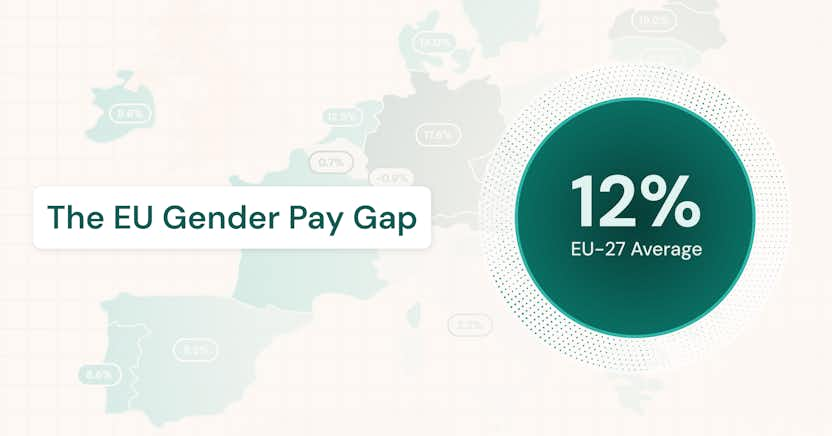Same-Store Analysis in Compensation Spend: Bringing Financial Discipline to Rewards

Learn more about the following beqom products
What is Same-Store Analysis?
The concept of Same-Store analysis is a trusted tool that originated in the retail and restaurant industries.
When companies like Starbucks or Walmart report earnings, they separate their overall sales growth into two distinct parts:
- Same-Store Sales: Growth in locations that were open in both comparison periods. This reveals organic performance.
- Expansion or Closures: Growth or loss from new stores, acquisitions, or shut locations. This reflects strategy and restructuring.
This separation allows analysts and investors to measure organic performance by stripping away the noise of expansion strategies or restructuring. In short: it reveals what’s really happening in the existing business before adding the effects of growth or contraction.
Why the Same Logic Applies to Compensation
Financial services organizations face a nearly identical challenge.
Total compensation spend often changes significantly from one period to the next, but not all of that change reflects actual pay decisions. In fact, the biggest drivers of pay fluctuations may be:
- Headcount increases or reductions.
- Market entry or exit.
- Currency fluctuations.
- One-time events, like retention grants or severance.
CFOs have long addressed this problem in expense reporting through concepts like constant currency, underlying expenses, and ex-notables. The same logic can be applied to pay.
By analyzing compensation on a same-population basis—that is, only including employees present in both periods—HR and Finance teams can isolate the true impact of pay decisions, such as merit increases, promotions, market adjustments, and bonus pool changes. This is the compensation equivalent of Same-Store analysis.
Do Your Stakeholders Really Understand?
Here lies the tension: different stakeholders often speak different languages, leading to confusing conversations and eroded trust:
- CFOs want to know: “How much more are we paying the same workforce?”
- CHROs often frame budgets in terms of average merit increase percentages (e.g., 2–3%) but struggle to reconcile those figures with a total compensation growth that may appear much higher.
- Business Leaders need clarity on whether costs are rising because of strategy (hiring more revenue producers) or simply because of inflationary pay pressures.
Without a Same-Store view, each group is looking at the elephant from a different side. Same-Store analysis provides the common, objective lens.
Should It Be Called Something Else?
“Same-Store” resonates strongly with finance professionals and investors but may feel foreign to HR audiences.
Alternative terms include:
- Like-for-like compensation analysis.
- Same-population spend analysis.
- Underlying compensation growth.
The recommendation is to use terminology that bridges both worlds.
“Like-for-like” is often the most intuitive across Finance and HR, while “same-population” is more technical.
Whether you use the retail-inspired “Same-Store” terminology or a more HR-friendly alternative, what matters in reality is consistency and shared understanding.
Potential Pitfalls
Adopting Same-Store compensation analysis is not without challenges, but they can be managed with clear governance:
- Cohort Definition: Consistency is key. Requiring identical roles/geographies may understate reality in a mobile workforce; looser definitions may blend in role-mix effects.
- Timing Issues: Year-over-year comparisons can be distorted if bonus accruals or payment dates shift (for example, from Q4 to Q1).
- FX Distortions: Global firms must normalize spend to constant currency to avoid misinterpretation of underlying trends.
One-Offs: Items like retention grants, severance, or deal-related sign-ons must be treated as "notables" or they will swamp the core analysis.
A Clean Methodology
A credible, repeatable Same-Store compensation analysis should follow a structured approach:
Step 1: Define the Cohort. Identify every employee present in both comparison periods. Be clear on whether to require the same role/grade/geo (strict) or allow for mobility (practical).
Step 2: Normalize the Spend. Adjust all compensation figures for constant currency. Exclude one-time items like severance, deal-related retention, or extraordinary allowances.
Step 3: Measure Growth. The core calculation is simple:
Same-Store Growth % = (Compensation for cohort in prior period ÷ Compensation for cohort in current period) − 1
Step 4: Decompose the Change. Break the growth percentage into its fundamental components: merit increases, market adjustments, promotions, variable comp changes, and benefits.
Step 5: Bridge to Total. Below is a sample waterfall chart that demonstrates how Same-Store compensation growth builds into total compensation growth.
Conclusion
Same-Store analysis has been a trusted tool in financial reporting for decades. Applying the same principle to compensation spend creates a sharper lens for understanding costs, aligning Finance and HR, and restoring clarity in stakeholder conversations.
By adopting a clean methodology, organizations can finally distinguish between the price of labor and the quantity of labor—a critical step in managing compensation in a disciplined, transparent way.
If your organization is struggling to bring this level of financial discipline to compensation, beqom provides the granular data and consistent methodology required to implement a clean Same-Store analysis at scale.
Get in touch
Ready to take the next step and build a pay strategy that works for your unique team? Get in touch with our experts today to learn how beqom can help.







